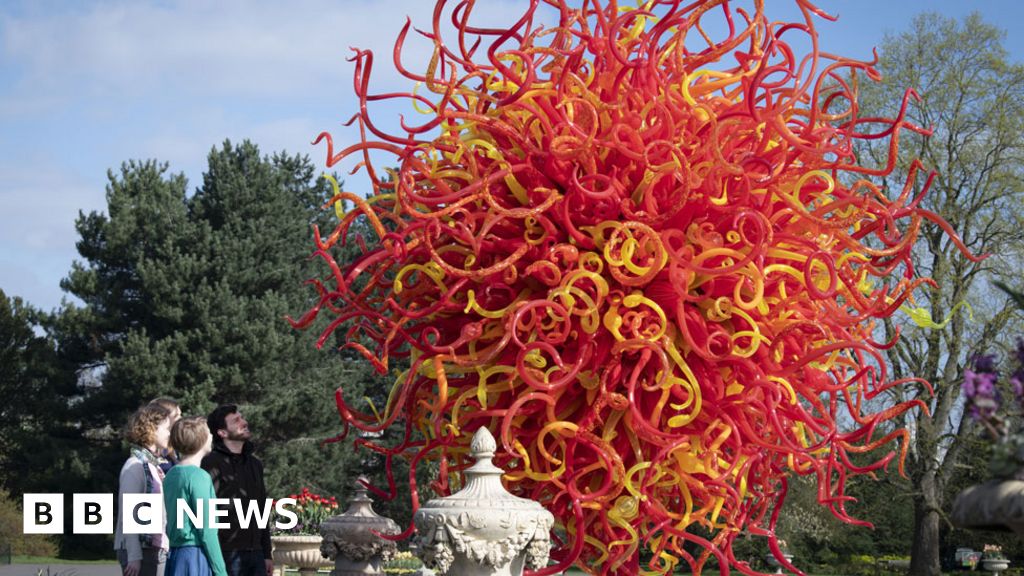Originally posted by jayne lee wilson
View Post
...he wants his work "to appear like it came from nature, so that if someone found it on a beach or in the forest, they might think it belonged there.




 ] How, if it's not set in the middle of/among the real thing (without quotes).
] How, if it's not set in the middle of/among the real thing (without quotes). 
Comment